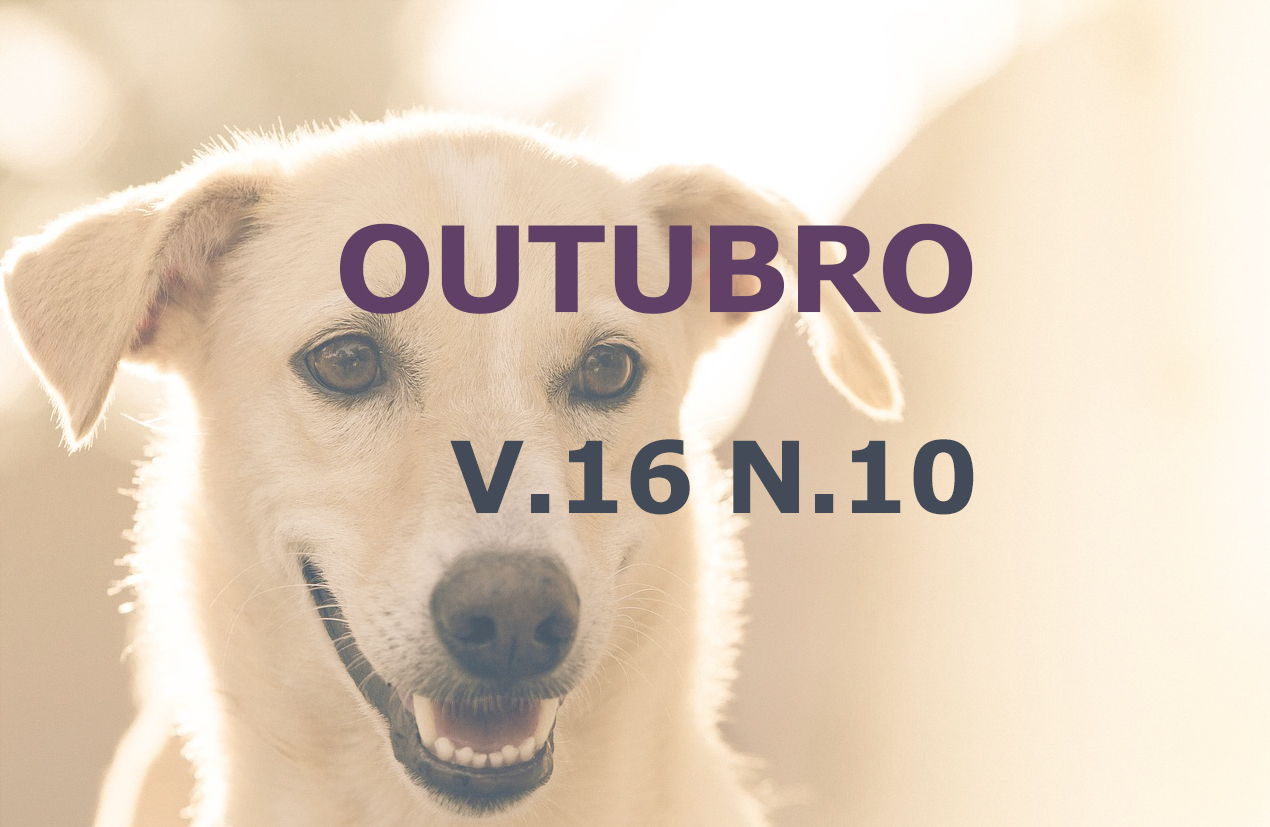Hematological and biochemical changes in a bitch with hyperadrenocorticism and diabetes mellitus: Case report
DOI:
https://doi.org/10.31533/pubvet.v16n10a1236.1-9Keywords:
Biochemistry, cushing, endocrinology, hematology, syndromeAbstract
The aim of this work was to report a case of a 12-year-old mongrel bitch, diagnosed with hiperadrenocorticism and concurrent diabetes mellitus, focusing on laboratory alterations. The hiperadrenocorticism is a cronical endocrinopathy that mainly affects elderly dogs, characterized by high cortisol concentrations in the blood flow, with predisposition to develop secondary diabetes mellitus. For an accurate diagnosis, in addition to physical examination, one must take advantage of laboratory tests, like blood count, serum biochemistry, ACTH induction and low-dose dexamethasone suppression test. Therapy is based on drugs that reduce the production of adrenal hormones and on the use of insulin to control blood glucose. In this report’s patient, the clinical signs were lethargy, distended abdomen, polyuria, polyphagia, polydipsia, skin atrophy, teleangiectasia and hyperstained mucous membranes. The main reported laboratory alterations were in the leukometry, with eosinopenia and limphopenia, in the erythrogram, with normocytic hypochromic anemia, in the serum biochemistry, with hypercholesterolemia and high levels of liver enzymes, in the abnormal elements and urinary sedimentoscopy analysis, with intense glucosuria, and in the low-dose dexamethasone suppression test, with high levels of cortisol. The patient showed improvement in the clinical picture after the start of the treatment and daily follow-up, by using trilostane, omega 3 and NPH insulin, however it came to die a few months later, probably due to insulin resistance. For a better prognosis, the importance of early hiperadrenocorticism diagnosis through laboratory tests should be considered, mainly in elderly patients, advocating for routine laboratory tests.
Downloads
Published
Issue
Section
License
Copyright (c) 2022 Marcos Roberto Barros Freitas, Natália Carneiro de Sá Lemos, Thereza Christina de Vasconcelos

This work is licensed under a Creative Commons Attribution 4.0 International License.
Você tem o direito de:
Compartilhar — copiar e redistribuir o material em qualquer suporte ou formato
Adaptar — remixar, transformar, e criar a partir do material para qualquer fim, mesmo que comercial.
O licenciante não pode revogar estes direitos desde que você respeite os termos da licença. De acordo com os termos seguintes:
Atribuição
— Você deve dar o crédito apropriado, prover um link para a licença e indicar se mudanças foram feitas. Você deve fazê-lo em qualquer circunstância razoável, mas de nenhuma maneira que sugira que o licenciante apoia você ou o seu uso. Sem restrições adicionais
— Você não pode aplicar termos jurídicos ou medidas de caráter tecnológico que restrinjam legalmente outros de fazerem algo que a licença permita.





